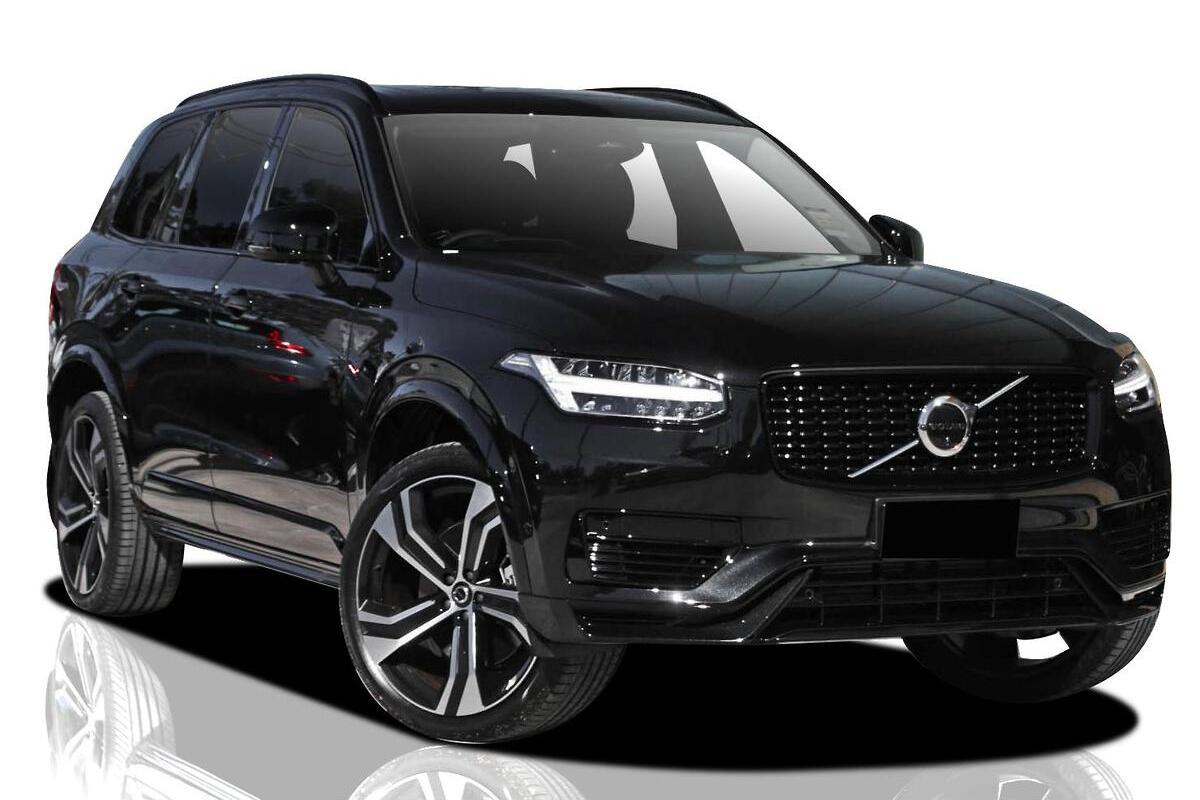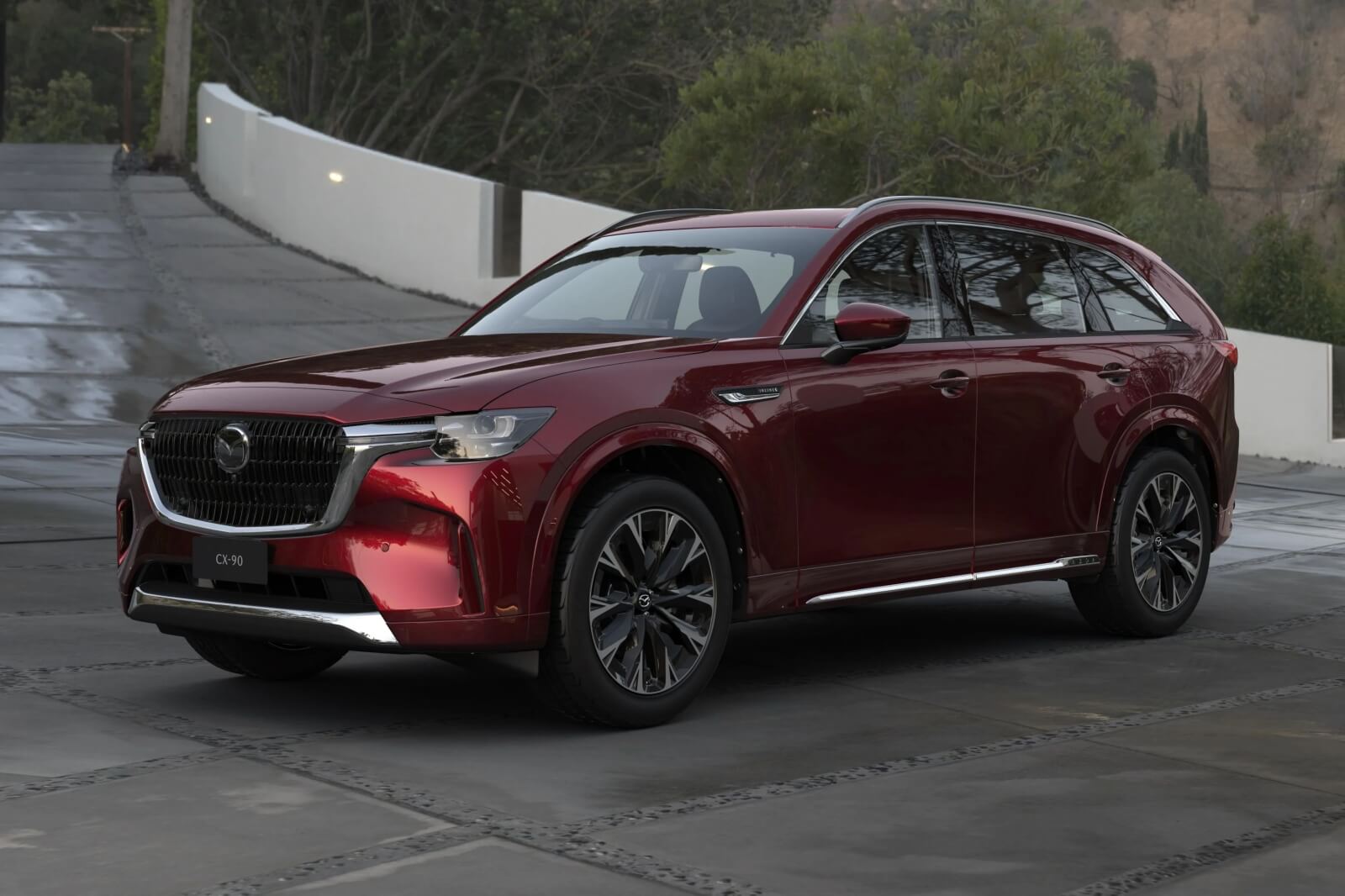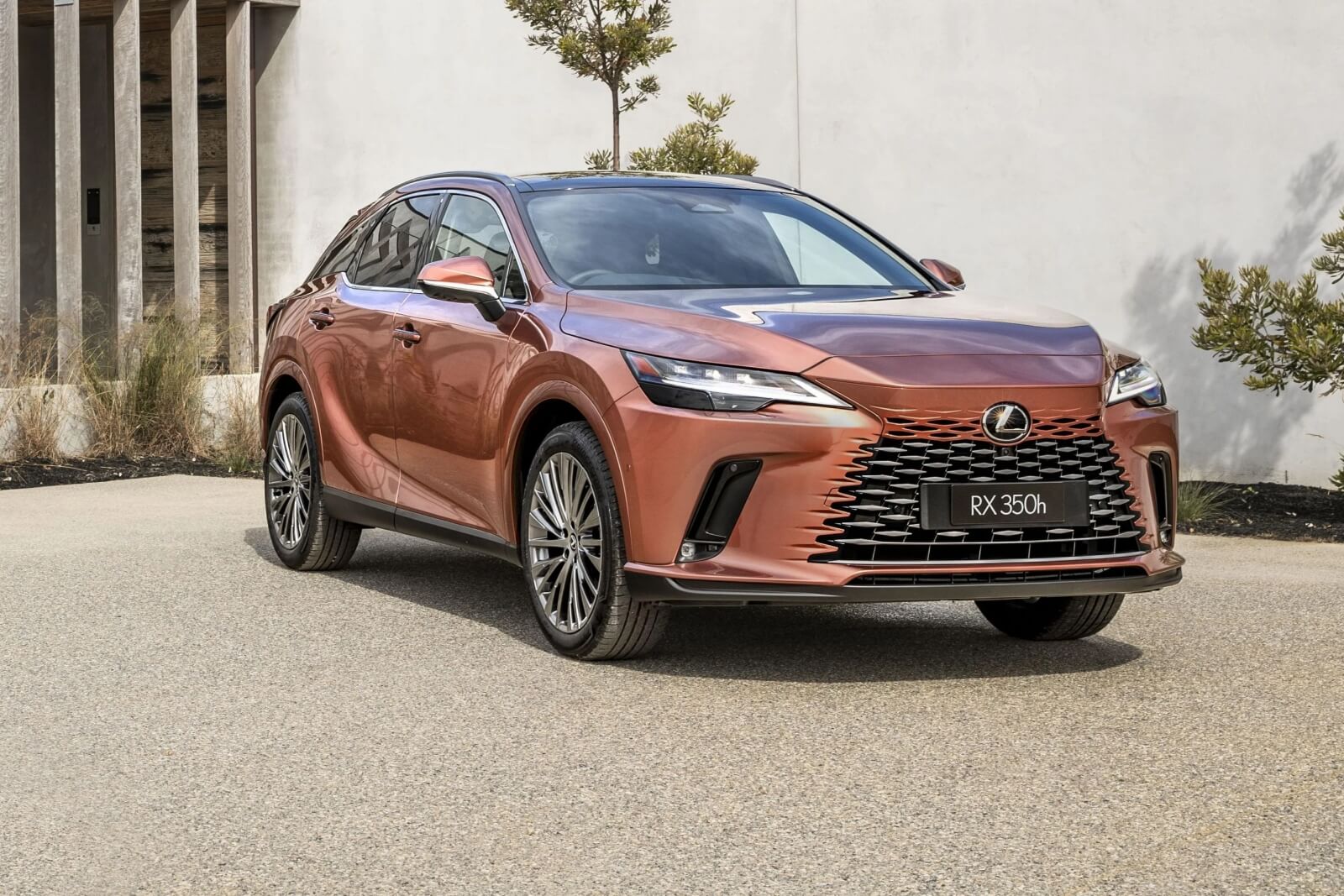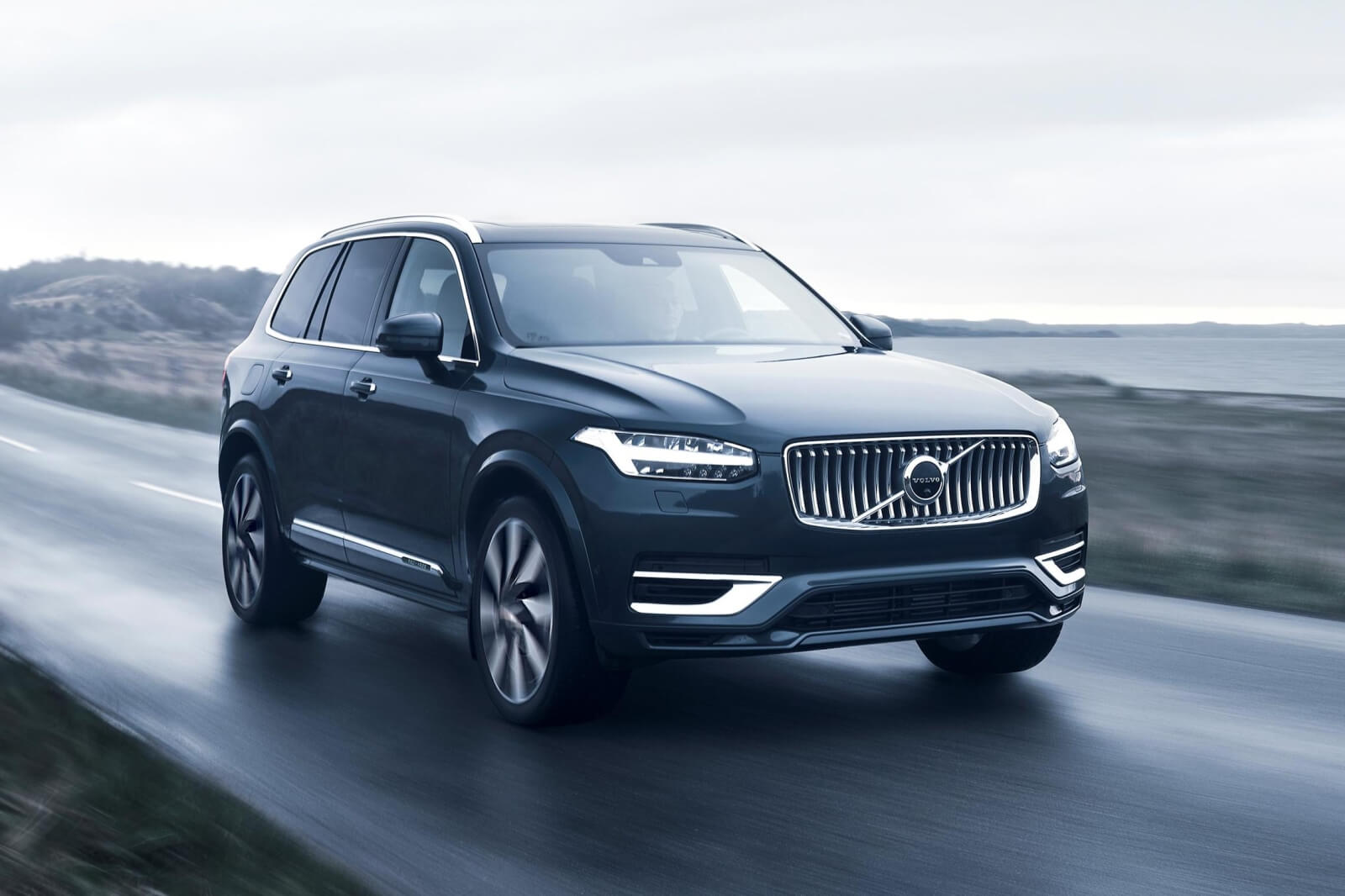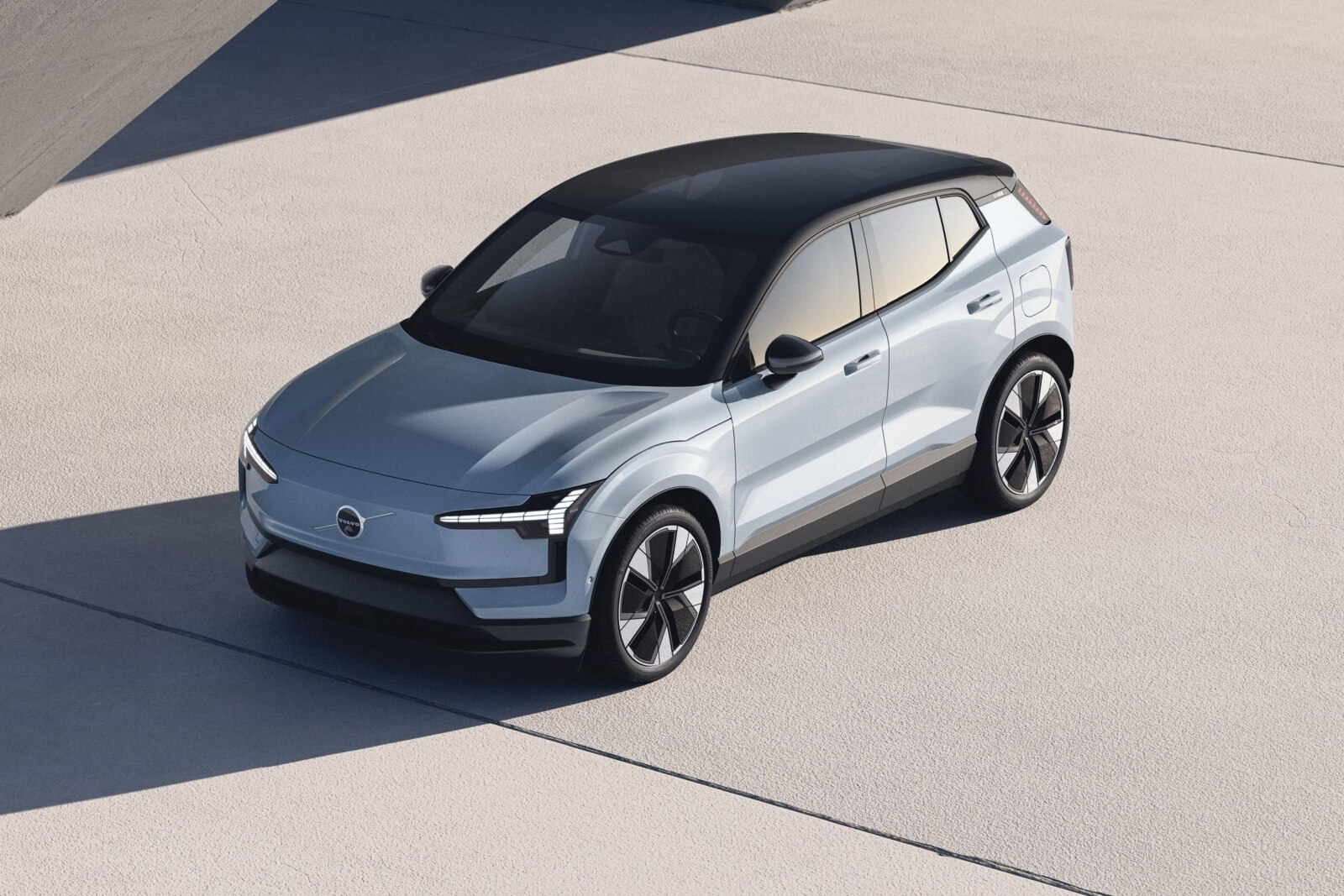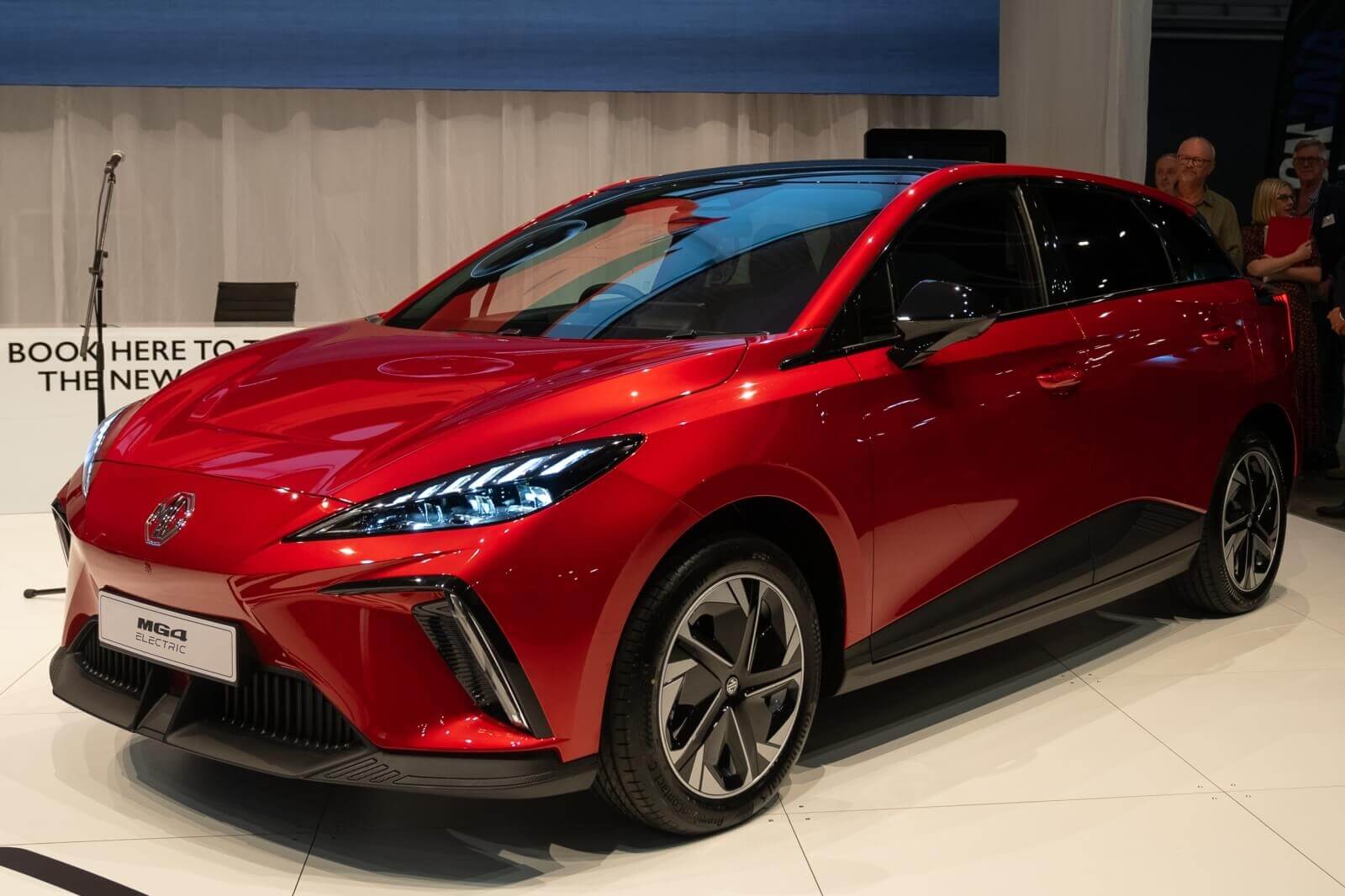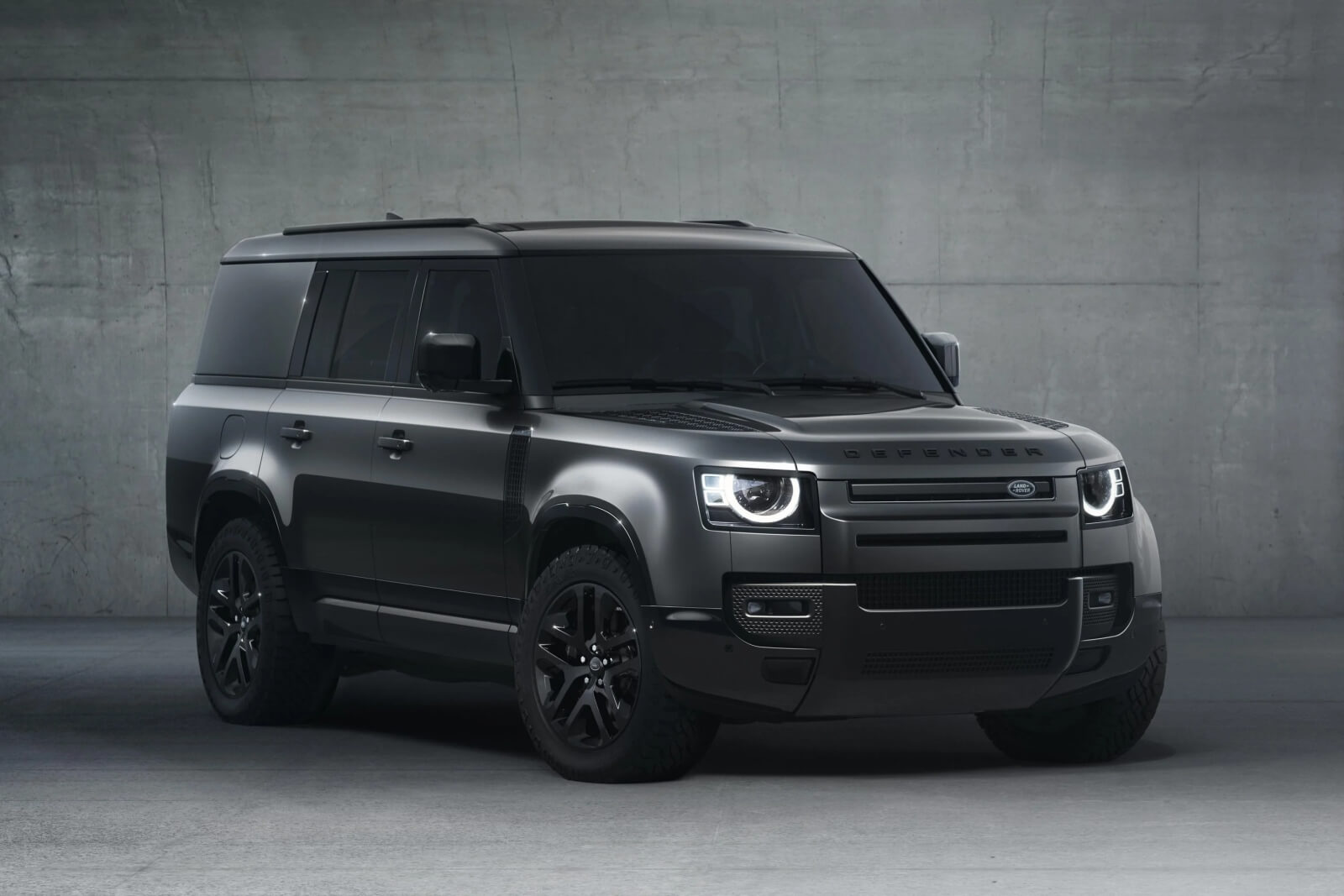The XC90 may not be the latest entrant in the family SUV segment, but it remains a compelling choice for those seeking to transport their children in the lap of luxury.
Pros
- Strong and Smooth Hybrid Engine
- Scandinavian-chic interior
- Competitive Pricing
- Timeless Exterior Design
Cons
- Old-school Infotainment
- Hybrid Benefits for a Narrow Audience
- Complicated Third Row
- Costly Maintenance
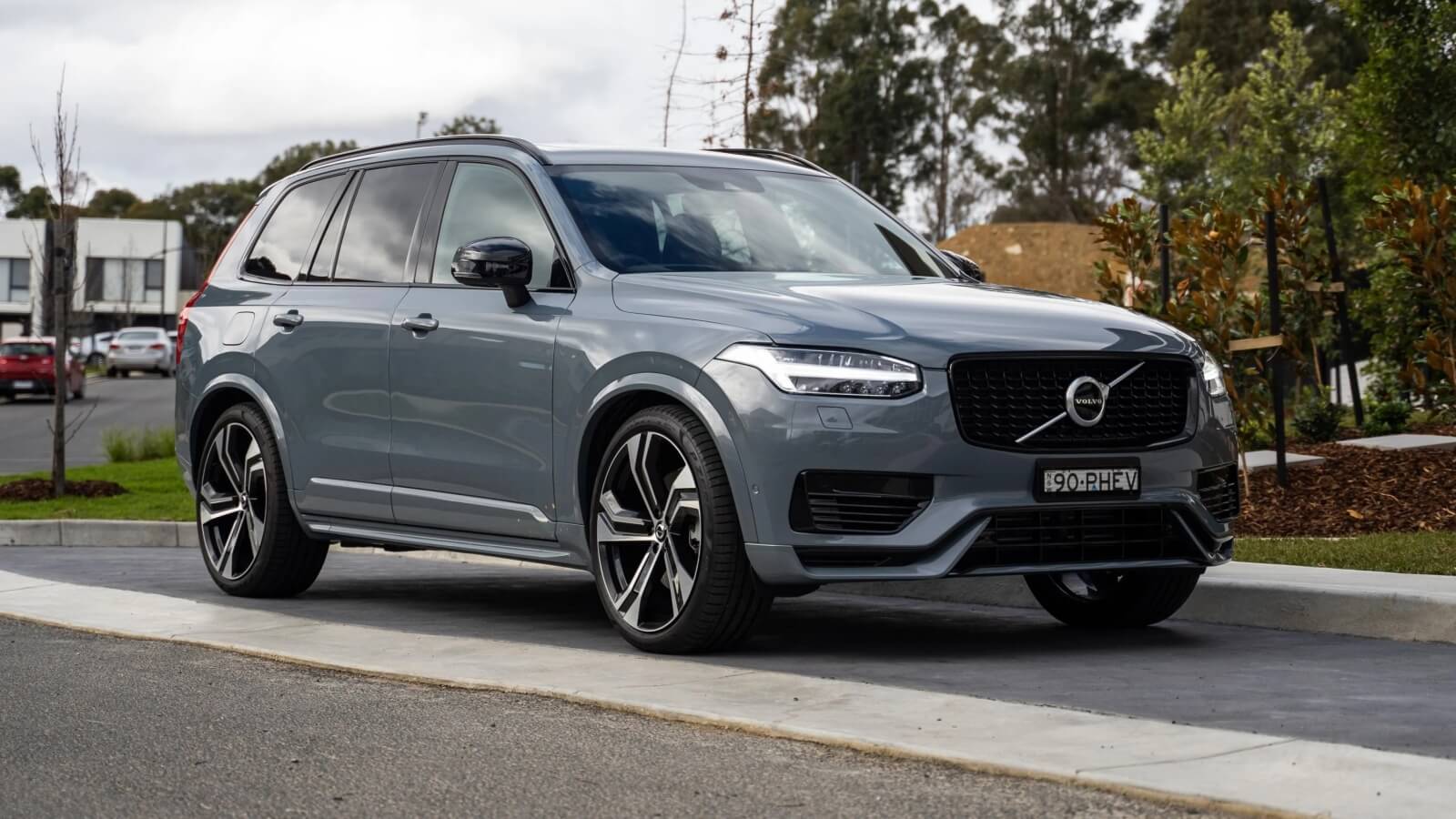
What are the prices for the Volvo XC90 Recharge PHEV?
The starting price for the premium T8 Recharge Plug-in Hybrid, labeled as the 'Ultimate', is set at $125,990 before on-road costs. Now, it offers an option of a wool blend upholstery in lieu of the standard leather, also boasting the newly introduced 'Ultimate' badge to the XC90 lineup.
At this price point, the XC90 PHEV is positioned directly in competition with the BMW X5 xDrive50e (priced at $149,900), and it sits right between the Mercedes-Benz GLE300d and 450e.

What’s under the bonnet?
The T8 Recharge's power comes from a 2.0-litre turbocharged petrol engine, teamed with a rear-mounted electric motor and a lithium-ion battery.
The petrol engine delivers 233kW of power and 400Nm of torque, while the electric motor adds 107kW and 309Nm. In combination, Volvo touts that the XC90 outputs 340kW and 709Nm, completing the 100km/h sprint in a claimed 5.3 seconds.
This power is transferred to the road via an eight-speed automatic transmission, and the XC90 is equipped with all-wheel drive. The petrol engine drives the front axle, with the electric motor assisting at the rear axle.
The vehicle's claimed fuel economy is 1.8 litres per 100km, assuming a fully charged 18.8kWh battery pack. According to Volvo, you can expect up to 77km on a full charge from the battery.
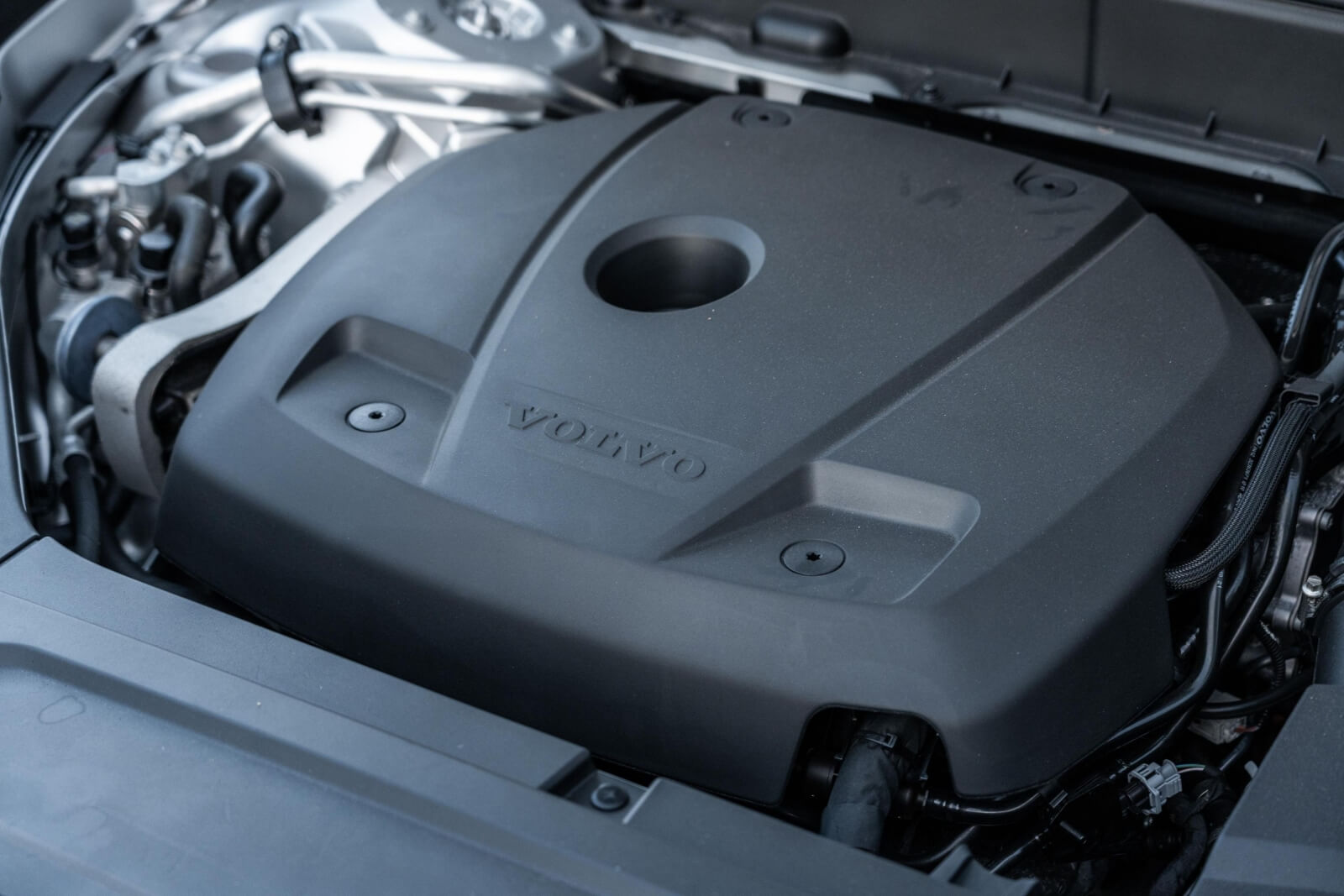
However, actual mileage can vary depending on your driving style. With a full battery, achieving or even surpassing the 1.8L/100km claim is possible – we regularly recorded 0.8L/100km in city driving.
Without power in the lithium-ion battery, the XC90 operates more akin to a conventional Toyota hybrid. Its fuel economy swiftly deteriorates to around 7.0 or 8.0L/100km, which is still reasonable for a large family SUV… yet it doesn't align with the expectations from a vehicle with a clear environmental emphasis.
The vehicle is fitted with a 71-litre fuel tank, and it runs on premium unleaded fuel.
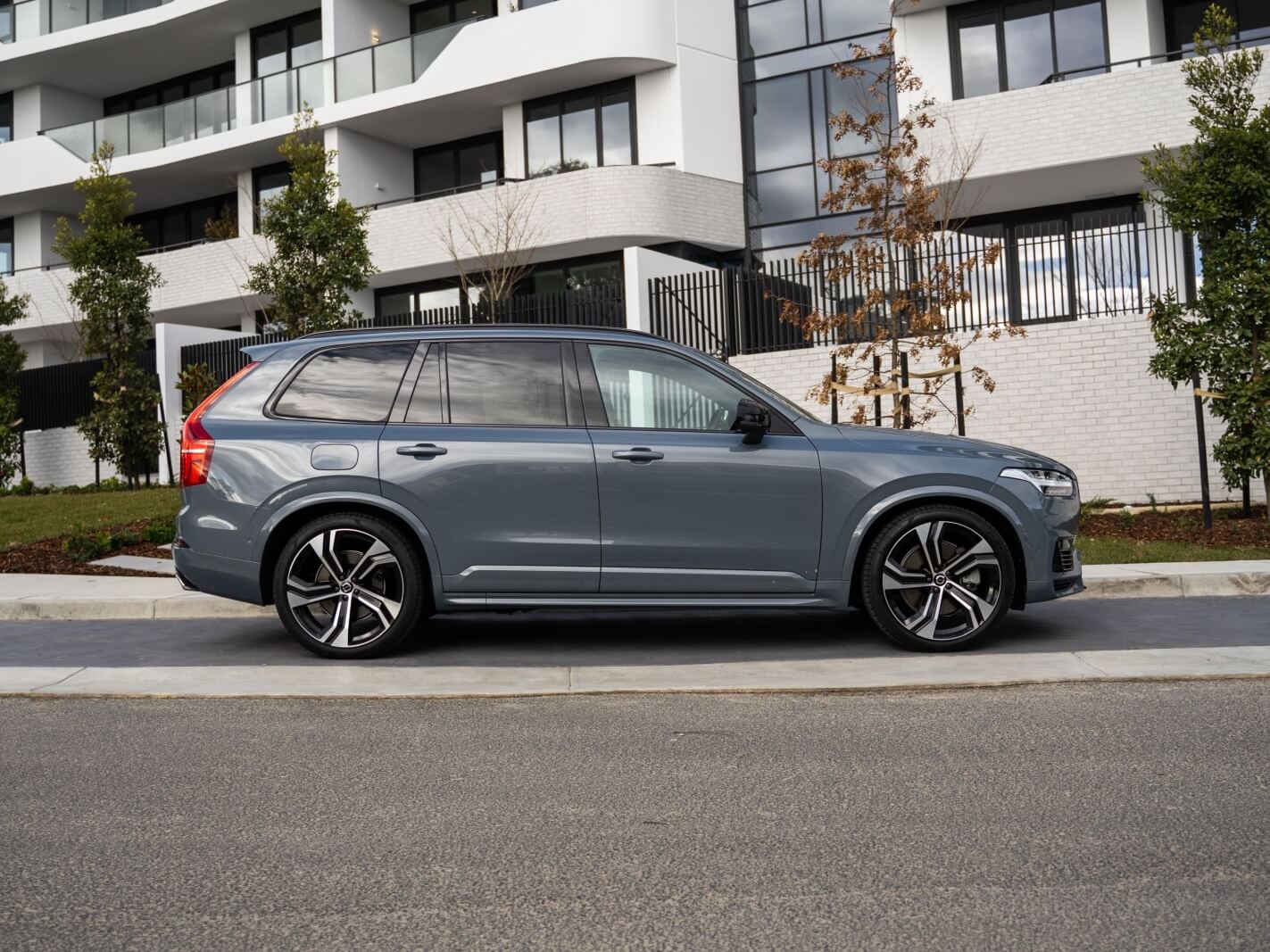
How does the Volvo XC90 Recharge PHEV drive?
Before examining how the XC90 Recharge PHEV performs on the road, it's important to understand its complex mechanism.
Under the hood is a twin-charged 2.0-litre petrol four-cylinder engine – both turbocharged and supercharged. This engine produces 233kW and 400Nm, which is channeled exclusively to the front wheels through an eight-speed automatic transmission.
To develop the Recharge variant's all-wheel-drive system, an electric motor positioned on the rear axle powers the rear wheels. This motor generates 107kW and 309Nm, bringing the maximum output across both power sources to 340kW and 709Nm.
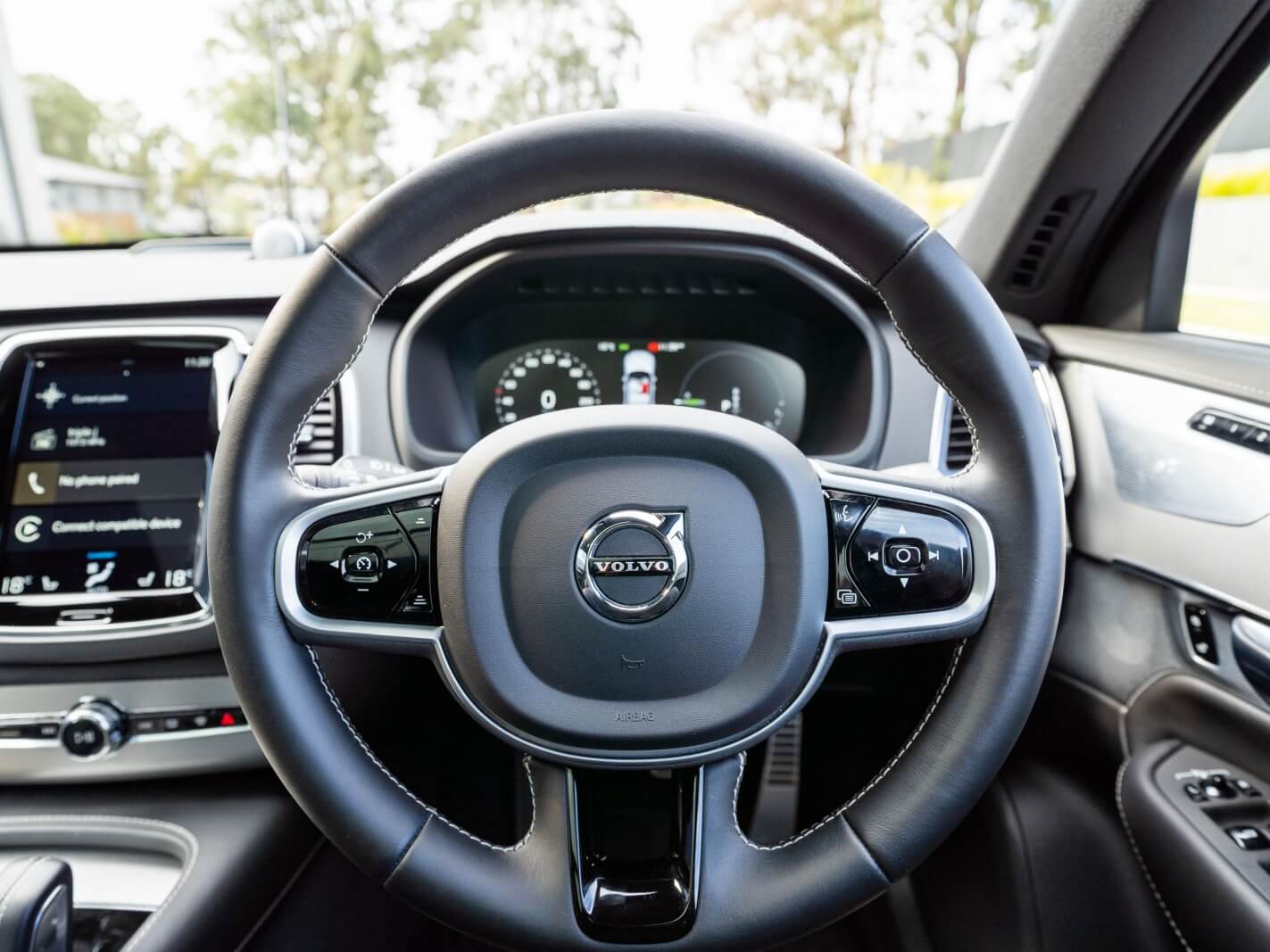
By selecting the appropriate setting in the multimedia system, the XC90 can operate in pure EV mode, relieving the petrol engine of any duty. While this doesn't turn the XC90 into a high-speed vehicle, the performance is more than adequate for keeping up with commuter traffic.
By slotting the gear selector into B for 'braking', the Volvo enters a pseudo-one-pedal mode that enhances the braking effect when you lift off the accelerator, facilitating energy regeneration.
In its default hybrid mode, the XC90 strives to maximize EV efficiency but enlists the aid of the petrol engine for extra performance when necessary. The transition from EV to hybrid mode is seamless and smooth, although you'll be conscious of the petrol engine firing up due to its sound.
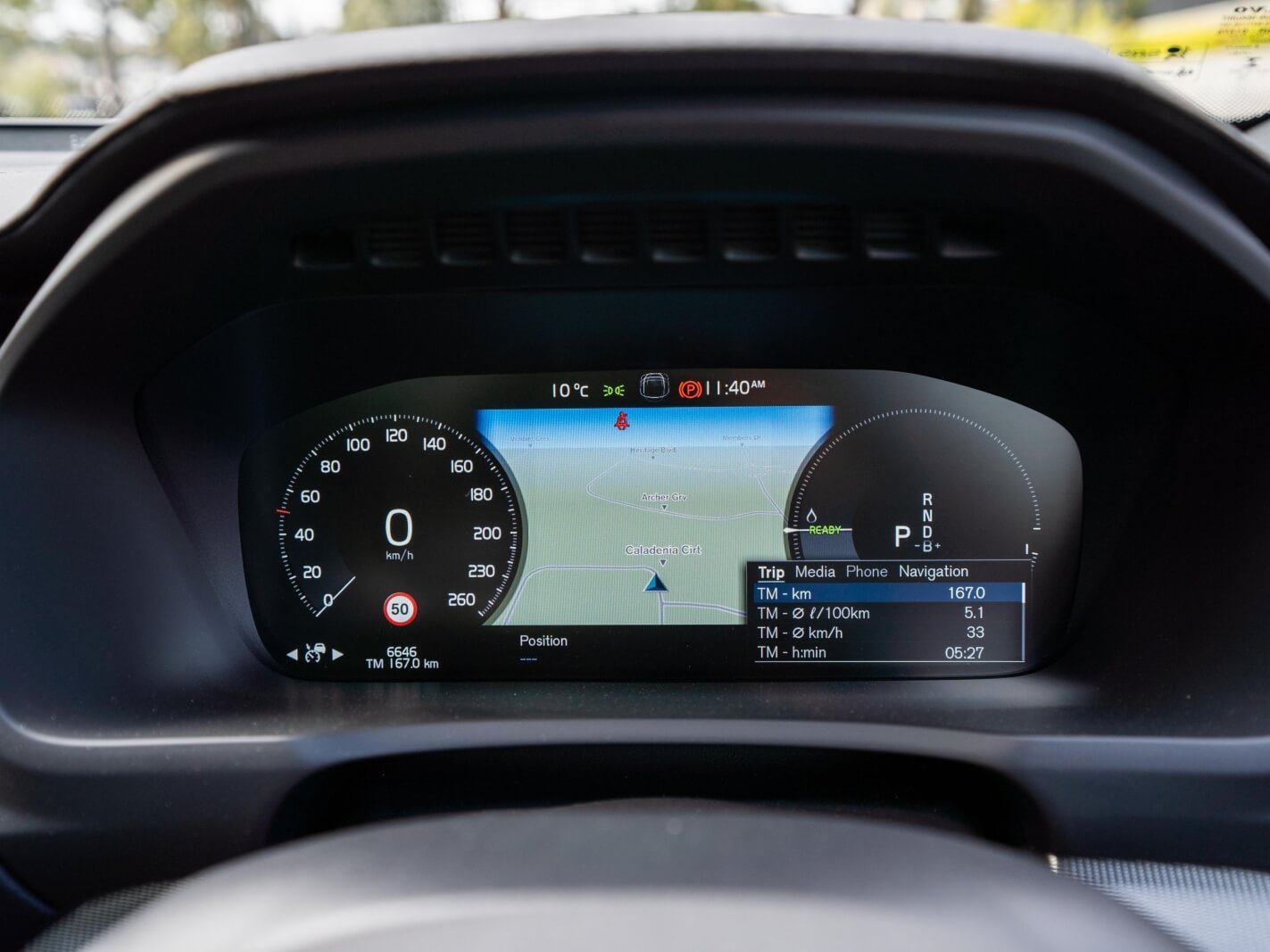
For times when efficiency isn't a priority, the XC90 features a 'Power' mode. In this setting, all power sources are at your disposal, throttle sensitivity is increased, and the eight-speed transmission stands ready to downshift to boost acceleration at a moment's notice.
As the all-wheel-drive system amalgamates two independent power units that do not deliver torque symmetrically, a disconnect becomes noticeable between the front and rear wheels, especially evident through some slipping in wet conditions. It's not alarming, but the front wheels seem to struggle for grip and engage the traction control system, while the rear motor strives to keep pace.
On the road, the XC90 Recharge PHEV provides an incredibly composed ride – an expectation that Volvo has set.
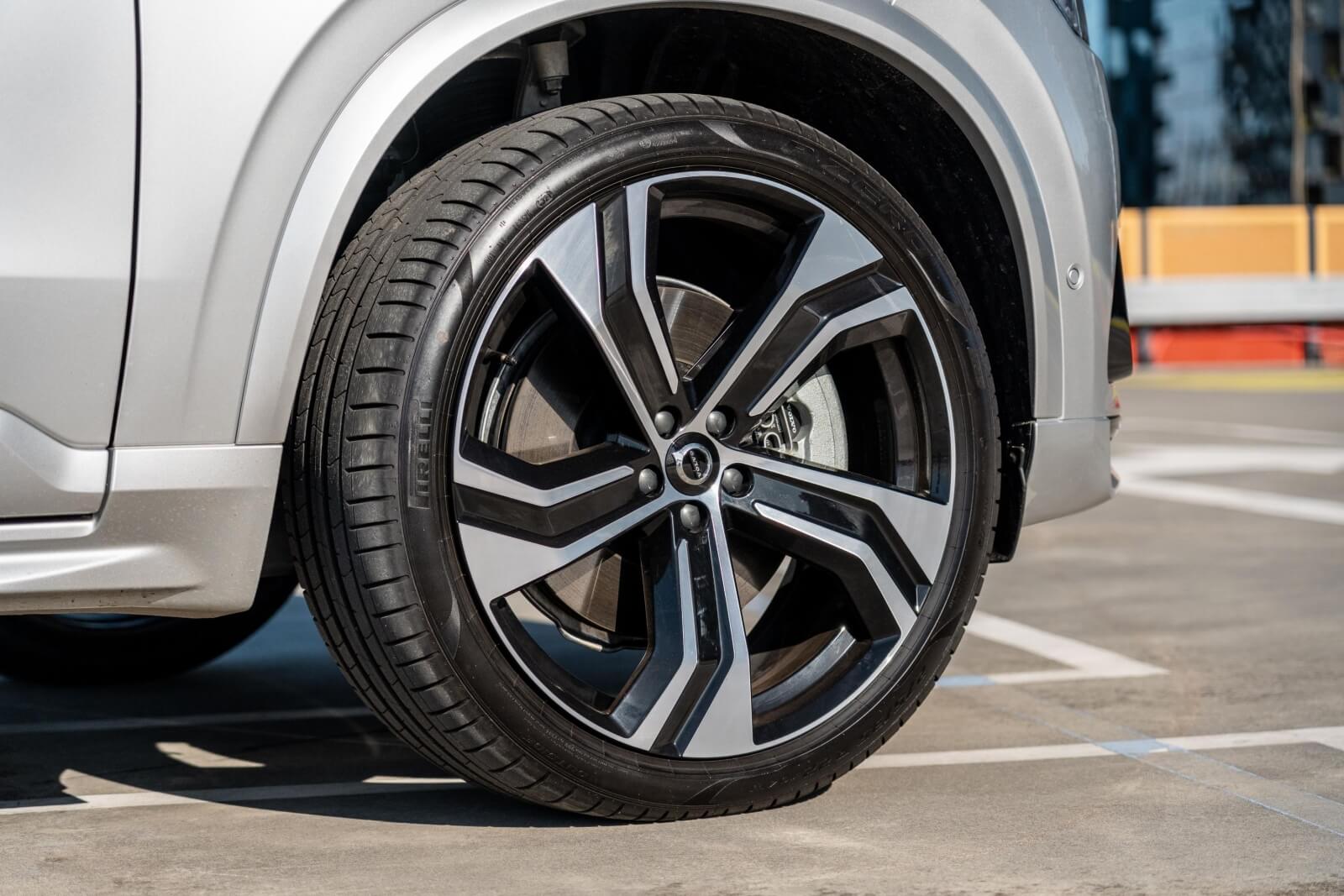
By default, the hybrid XC90 features an air suspension system, a $3,600 optional add-on for lesser variants – and, in my opinion, an unquestionable choice. Not only can the XC90 adjust ride height depending on the drive mode, but it also absorbs even the harshest potholes that New South Wales has to offer. This is impressive considering the 22-inch wheels that the XC90 Recharge comes with as standard.
Very few SUVs on such large wheels provide a ride as comfortable as this Volvo, allowing you to enjoy the looks without compromising comfort. Only the XC90 and the Range Rover manage to pull this off.

As is typical with most luxury SUVs, the dynamic driving modes significantly influence how the XC90 handles. Drivers have five options: Off-road, All-wheel Drive, Power, Pure, and Hybrid. An Individual mode also lets drivers customize a ride to their preference.
In general, drivers will toggle between the pure electric and hybrid drive modes to maximize electric power. In the non-performance modes, the XC90's steering is somewhat vague and light, and the SUV's weight is noticeable, with apparent body roll through corners.
Once 'Power' mode is engaged, the steering becomes firmer and gains more weight, which feels much more reliable for brisker drives. In this mode, the suspension follows a similar pattern, transmitting more road feel to the cabin.
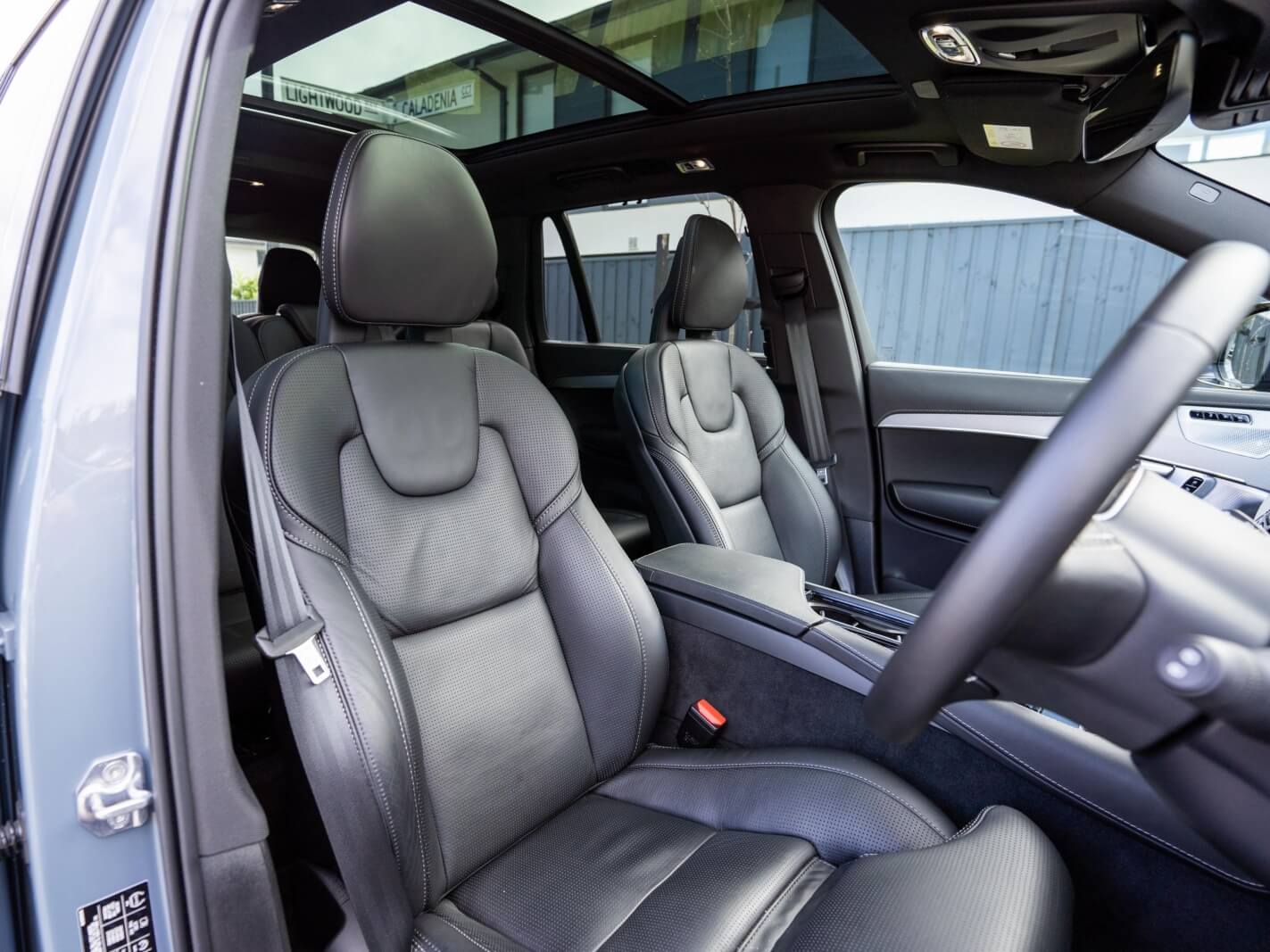
What is the Volvo XC90 Recharge PHEV like on the inside?
As the crown jewel of Volvo's lineup, the XC90 Recharge comes loaded with an array of features and equipment housed in a serene and refined interior. To begin with, it's equipped with a 19-speaker Bowers & Wilkins sound system – standard on the Recharge but a $4550 add-on on lower-tier XC90s – that delivers a whopping 1400W, providing an excellent audio experience for all types of music.
The dashboard is largely occupied by a prominent multimedia touchscreen set in portrait orientation. Our test car featured the older bar-type interface rather than Volvo’s latest Android Automotive-powered infotainment platform as it was manufactured just before the XC90's transition to the newer system. The older system is still fairly user-friendly, albeit not as much as the newer version.
A digital driver's instrument cluster complements this screen, presenting a relatively minimalist and easy-to-understand graphical layout. Both screens boast impressive graphics quality and offer prompt responses to inputs. As expected, only the central multimedia screen is a touchscreen.
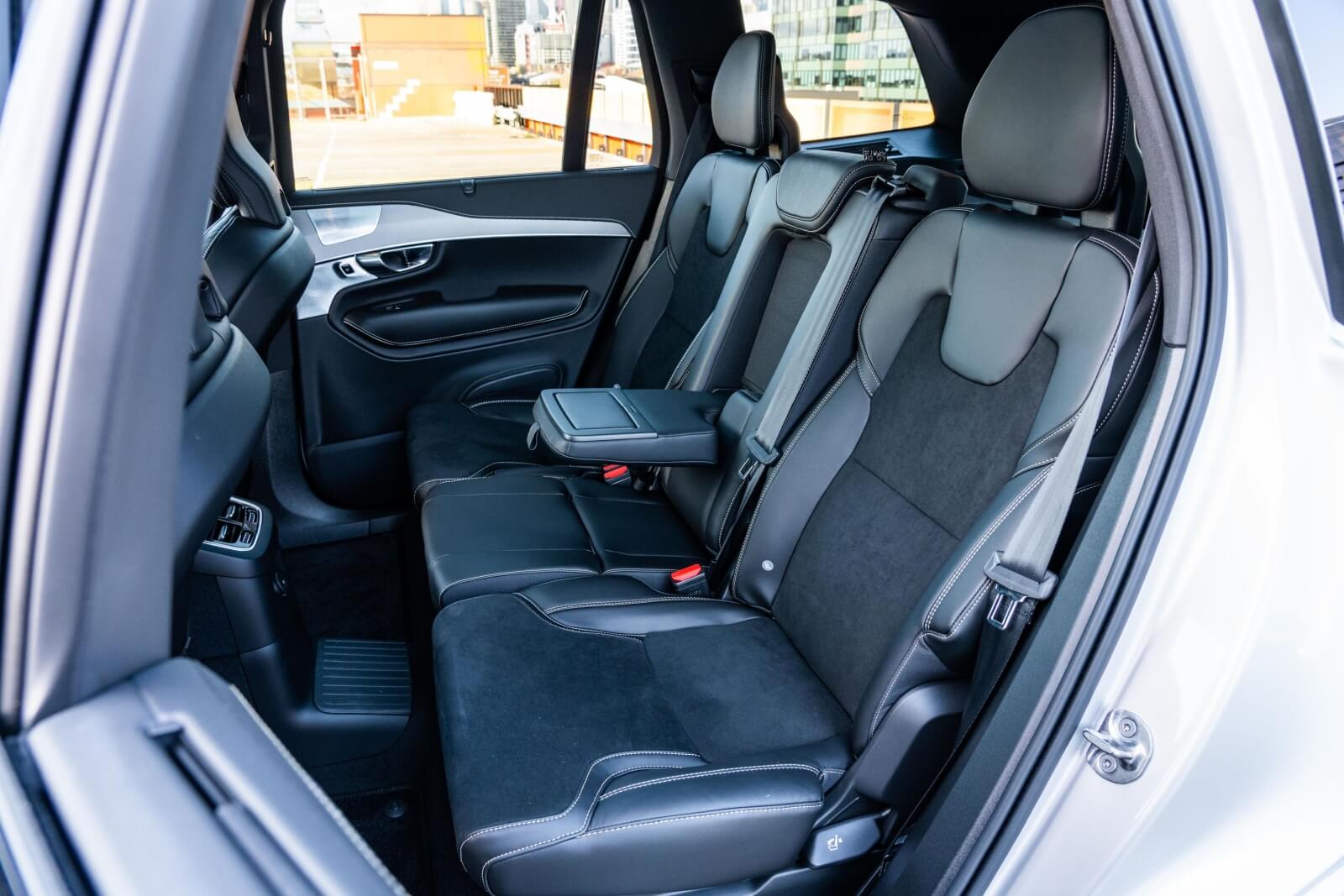
The multimedia screen integrates all satellite navigation features, smartphone operation and mirroring, multimedia playback, and limited internet functionality. The system also includes voice recognition.
USB charging ports are available in all three rows along with a charging pad upfront. However, this won't be able to offset the battery drain from using Google Maps or Waze wirelessly via smartphone mirroring.
The cabin, designed with Scandinavian aesthetics, features premium materials throughout. The front seats are swathed in plush leather, while the second and third rows feature leather/Alcantara seats. Instead of woodgrain trim, Volvo uses piano black and burnished chrome to highlight one of the finest interiors in the industry.
In terms of size, the Volvo XC90 Recharge matches up well with the BMW X5 SUV, and its third row can comfortably accommodate adults.
An electrically adjustable driver's seat coupled with a highly adjustable steering wheel ensures a versatile driving position for a wide range of users. The leather front seats provide excellent comfort for long journeys, offering substantial side bolstering for stability.
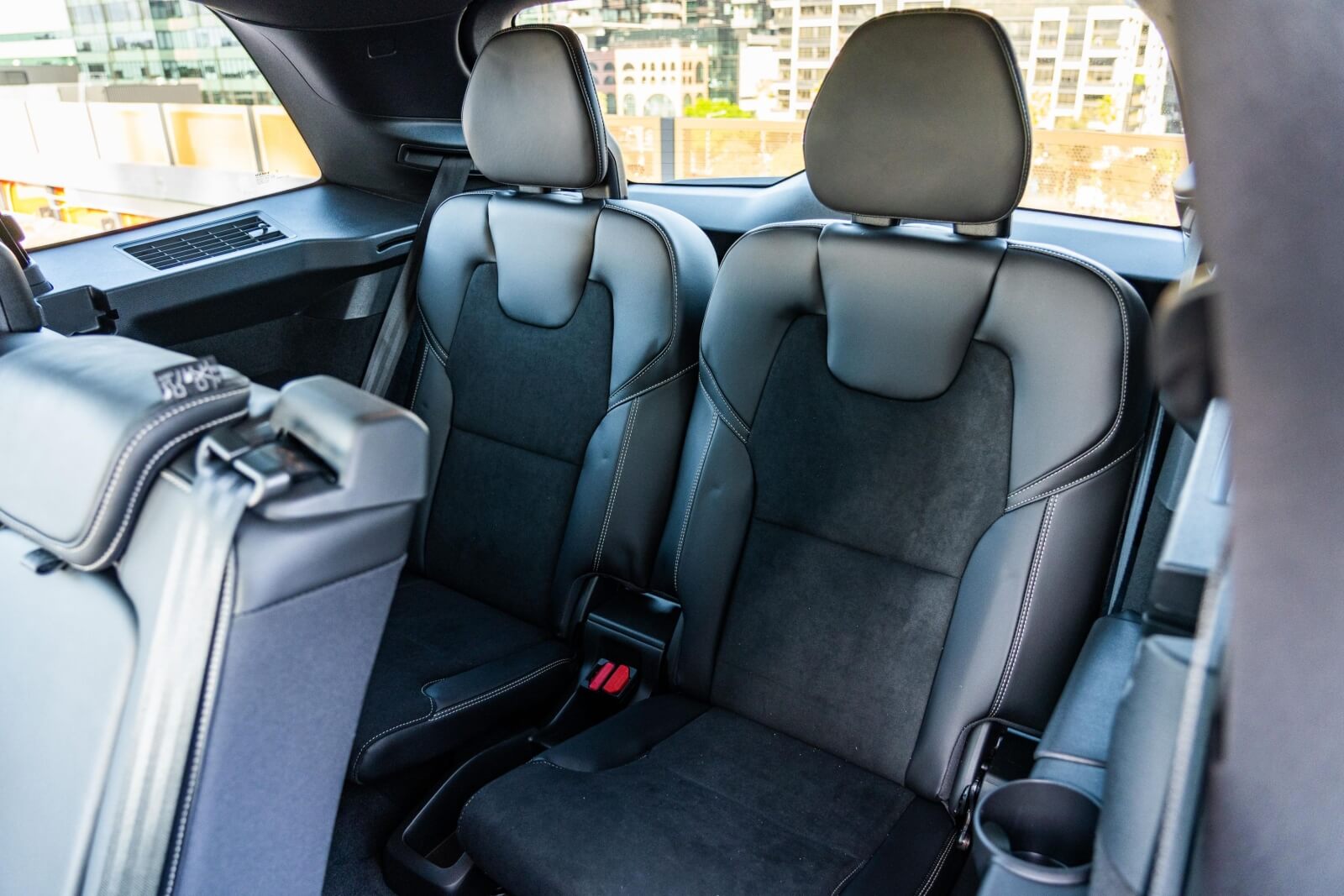
Access to the second row is facilitated by wide-opening doors. Once inside, the seats offer substantial comfort and space, albeit with the usual caveat of slight discomfort for three adults due to shoulder contact.
The third-row seats of the XC90 Recharge are a pleasant surprise in comparison to many other seven-seaters. They are reasonably accessible, and I could fit my 170cm frame comfortably, despite the somewhat high floor causing my thighs to not fully rest on the seatbase.
With the third row in place, the XC90 Recharge offers 262L of boot space, which can accommodate a few cabin bags or a couple of days' worth of groceries. With the third row folded, this extends to a considerable 640L, facilitated by a built-in divider that prevents items from moving around in the boot while driving.
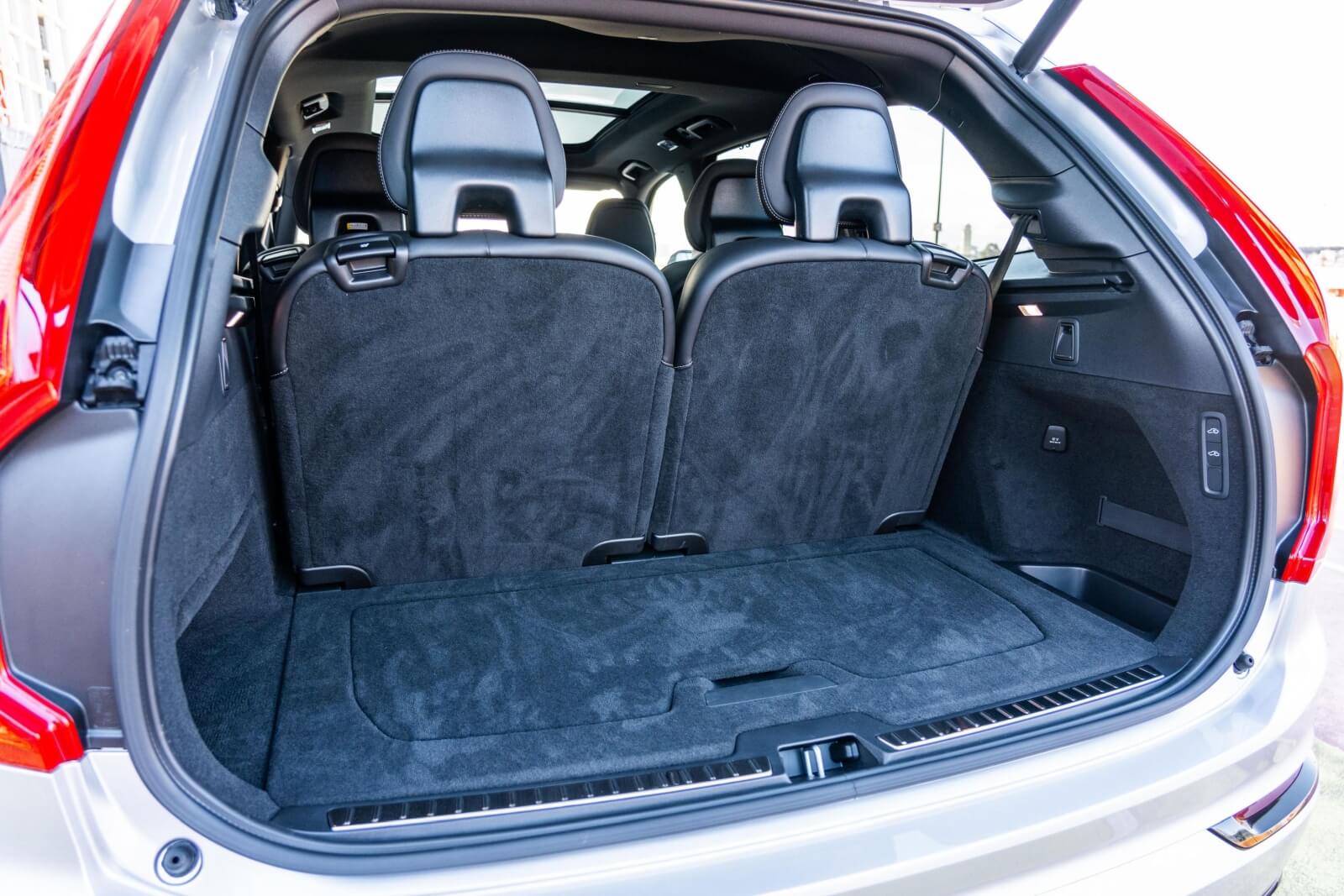
The recharging cable for the XC90 Recharge is stashed in a compartment under the floor, which can also double as a wet-zone.
The XC90's boot opens and closes electrically, and there are buttons for adjusting the car’s air-suspension height, making it easier to load heavy items into the boot – the adjustment range being a couple of inches (50mm).

Is the Volvo XC90 Recharge PHEV safe?
The current-generation Volvo XC90 boasts a five-star ANCAP safety rating, but this only applies to diesel models sold between September 2015 and January 2022 – thus, the latest lineup is currently unrated.
This safety rating was determined based on 2015 Euro NCAP testing, which has now expired according to Euro NCAP's new seven-year validity policy.
The vehicle scored 97 per cent for adult occupant protection, 87 per cent for child occupant protection, 72 per cent for pedestrian protection, and 73 per cent for safety assist.
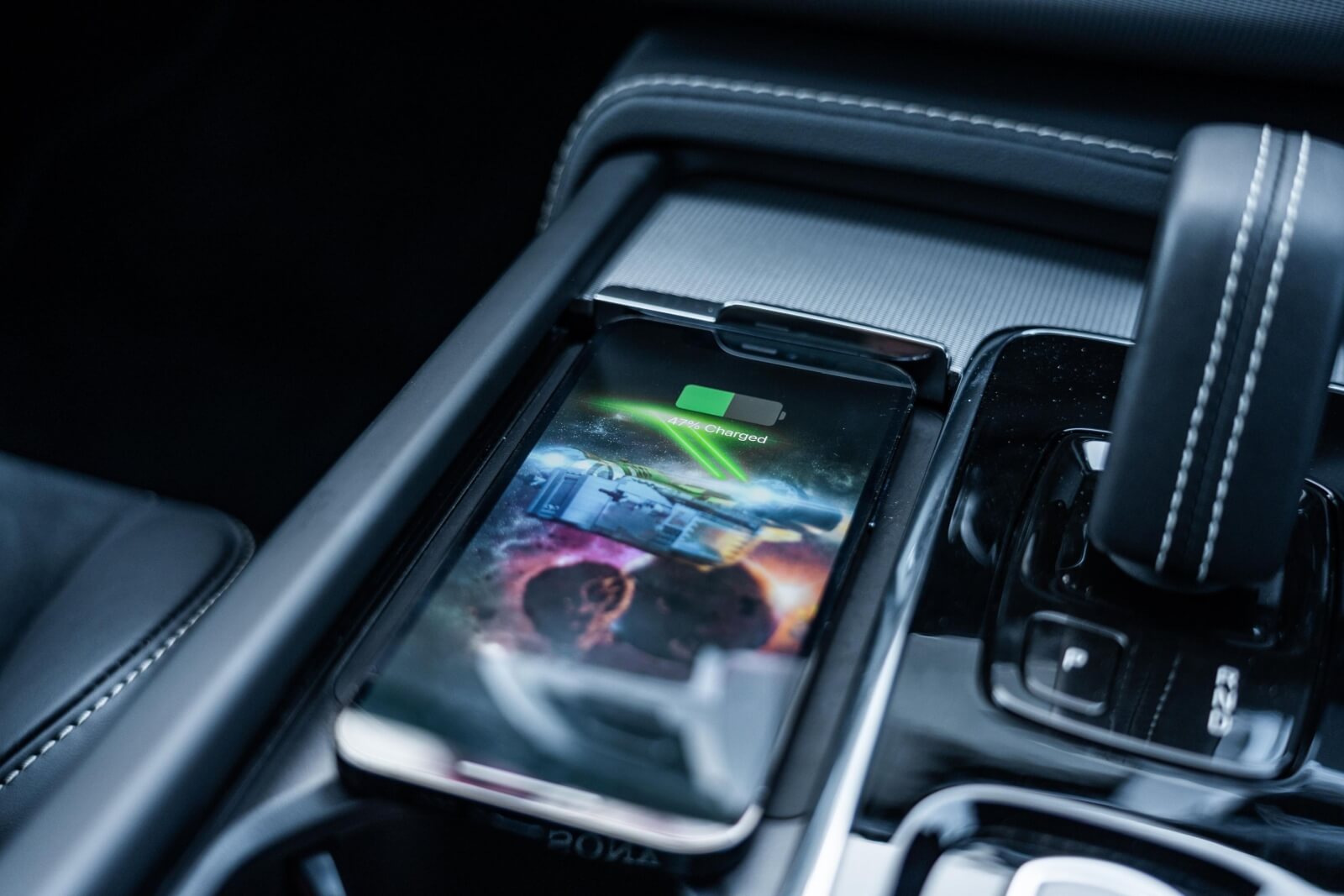
Standard safety features include:
Adjustable speed limiter
Adaptive cruise control incl. Pilot Assist
Stop&Go function
Lane centring
Autonomous emergency braking (AEB)
Forward and Reverse
Pedestrian, Cyclist and Animal detection
Blind-spot monitoring
Rear cross-traffic assist
360-degree cameras
Front, rear and side parking sensors
Hill start assist
Hill descent control
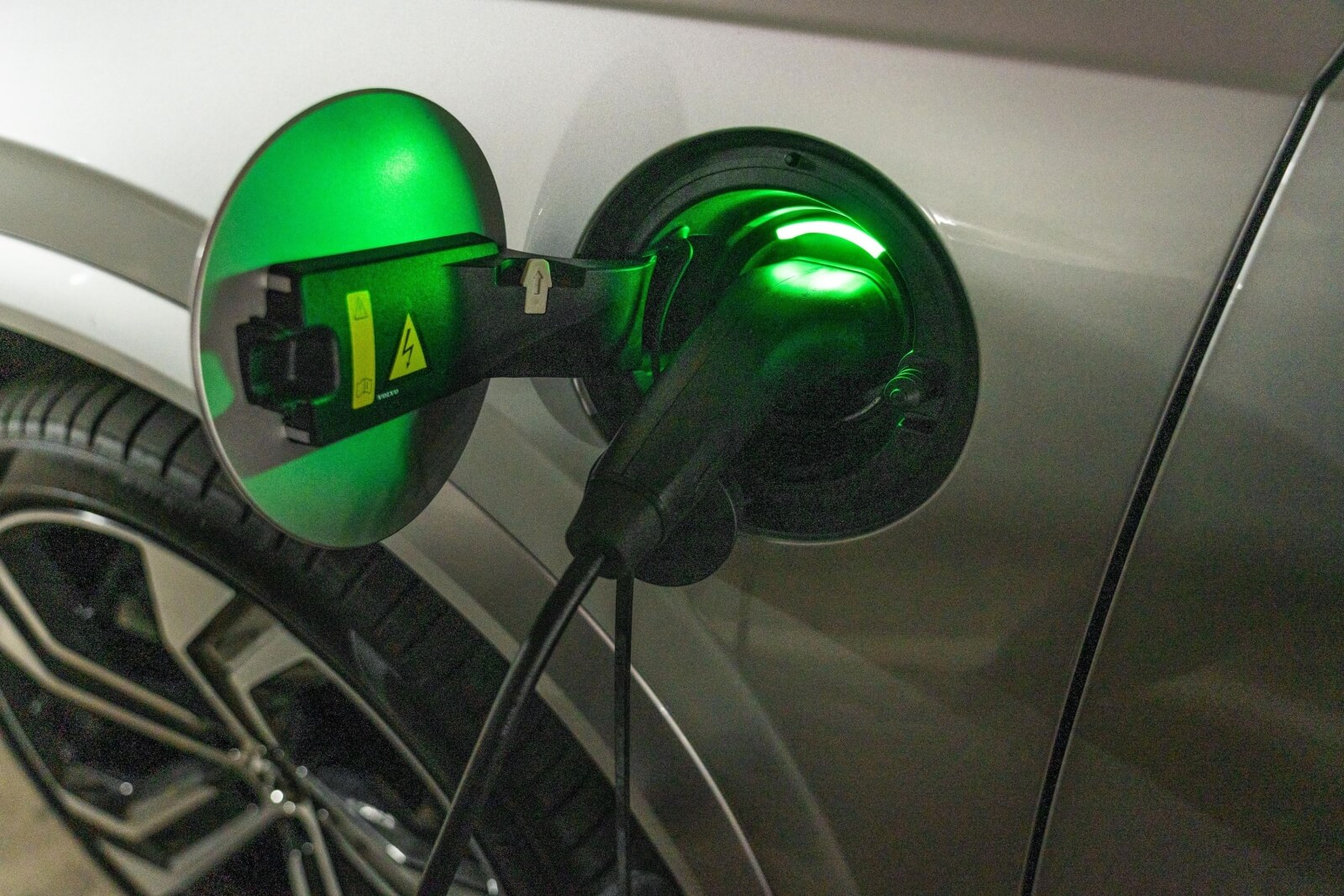
How much does the Volvo XC90 Recharge PHEV cost to run?
Volvo's reported fuel consumption for the Recharge PHEV is 1.8L/100km, but this doesn't accurately reflect real-world driving conditions as it presumes drivers will consistently keep the battery charged.
With a depleted battery, we still managed to achieve 6L/100km from the PHEV in hybrid mode, an impressive figure for a vehicle of this size.
Just like other PHEVs, driving with a battery that slowly depletes over time leaves the XC90 somewhere in the middle of the two, until it plateaus in the 6L/100km area once the battery is completely drained.
During our test, we found that the Volvo can cover up to 60km on pure electric power alone, an impressive feat in the PHEV segment. When it comes to recharging, it'll take around seven hours to fully charge when plugged into a standard three-pin socket, at a rate of 2.2kW.
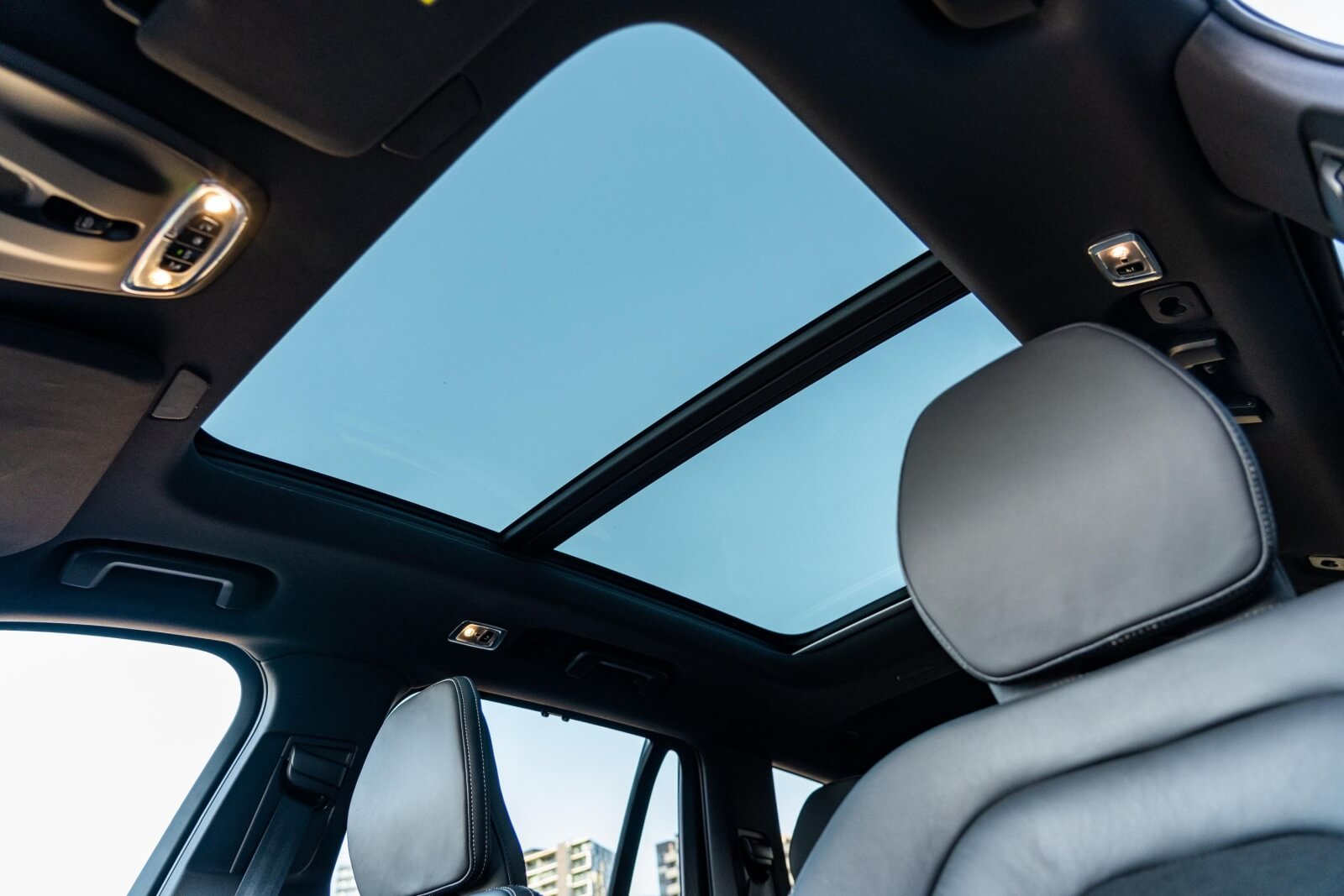
Fast charging isn't an option with the XC90, as the maximum charging rate is 3.6kW. Regardless of the charger's speed, it will only ever charge at 3.6kW, taking about four hours to fully charge.
For maintaining this large SUV, Volvo offers two service plans to choose from. Three years or 45,000km costs $1750, and five years or 75,000km will set you back $3000. Service intervals are at 15,000km, averaging around $600 per service over a five-year period. Volvo also provides a five year/unlimited kilometre warranty across its range.
Compared to its closest seven-seat rivals, the XC90 Recharge PHEV's five-year service plan is slightly pricier, which could be expected given that it's the only PHEV in the segment. BMW will charge you $2,370 for an X7 plan over five years/80,000km, and the Land Rover Discovery will cost a similar amount over five years/130,000km at $2,650.
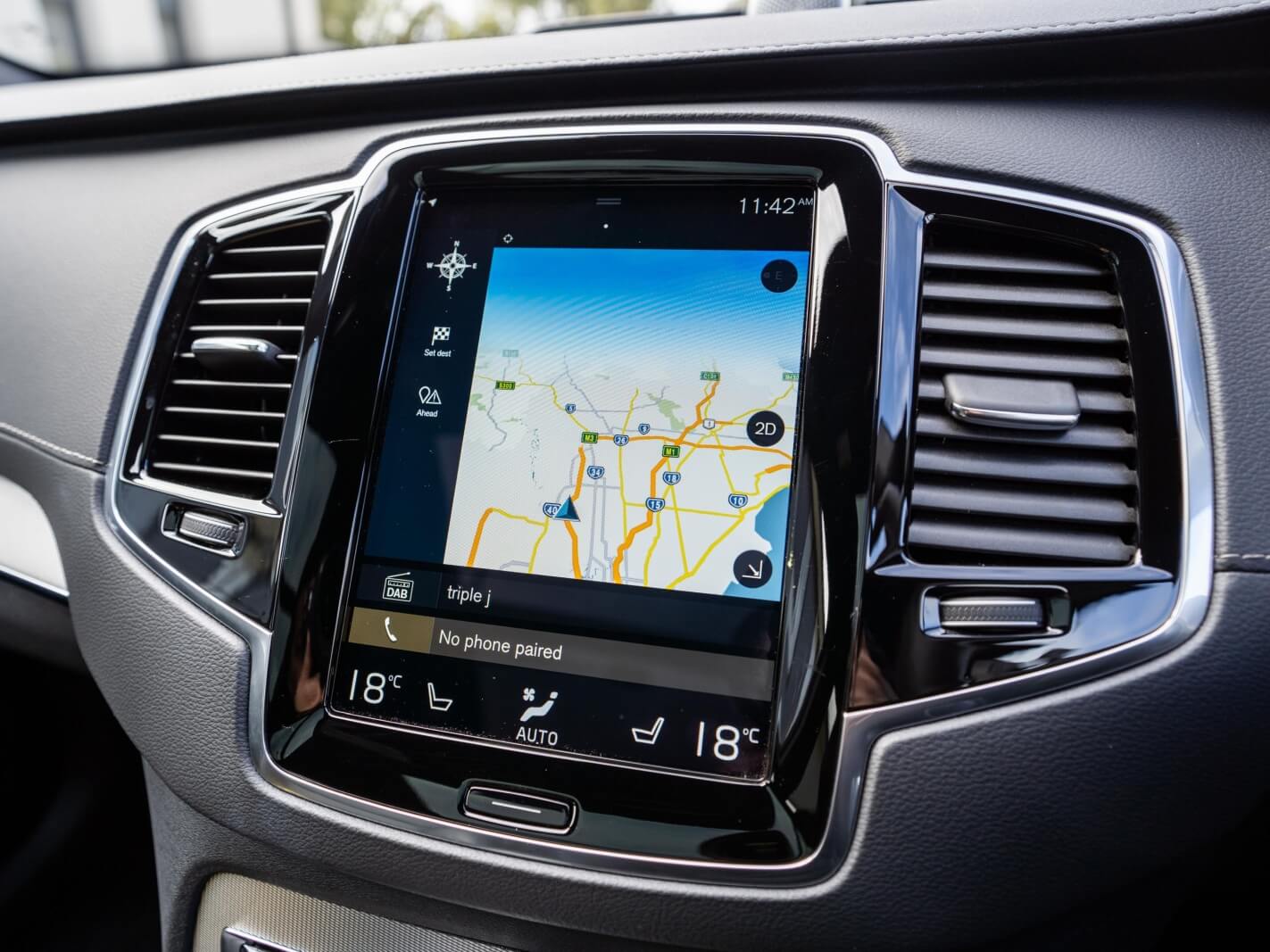
Yeecar’s Take on the Volvo XC90 Recharge PHEV
The Volvo XC90 Recharge presents an intriguing proposition for luxury EV motoring. It's an effective introduction for buyers uncertain about making the full leap into the EV space.
While you can't ignore that you won't be driving an XC90 Recharge PHEV off the lot for less than $130,000, the six-figure price tag includes a wealth of value.
Drivers have the option to operate the XC90 as a pure EV, provided they don't exceed 70-80km between charges, or they can utilize it as a hybrid vehicle for longer distances, thereby reducing fuel consumption.
Most importantly, the XC90 consistently delivers as a luxury seven-seat SUV. It possesses the aesthetics, style, performance, and sophistication befitting a true luxury SUV, all complemented by one of the most appealing, adaptable, and practical interiors in its segment.
I would argue that standard features such as the air suspension and sound system, both worth opting for on a standard XC90, are made all the more appealing with the added benefit of an exceptionally efficient powertrain.
Also noteworthy is that if the plug-in hybrid system and its hefty price tag do not appeal to you, Volvo offers an XC90 B5 Pure base model for roughly $100,000 driveaway – a car that retains 90% of the allure of the top-of-the-range model.
For these reasons, the Volvo XC90 Recharge deserves serious consideration for luxury SUV buyers. That is high commendation for a vehicle in the late stages of its model lifecycle.

